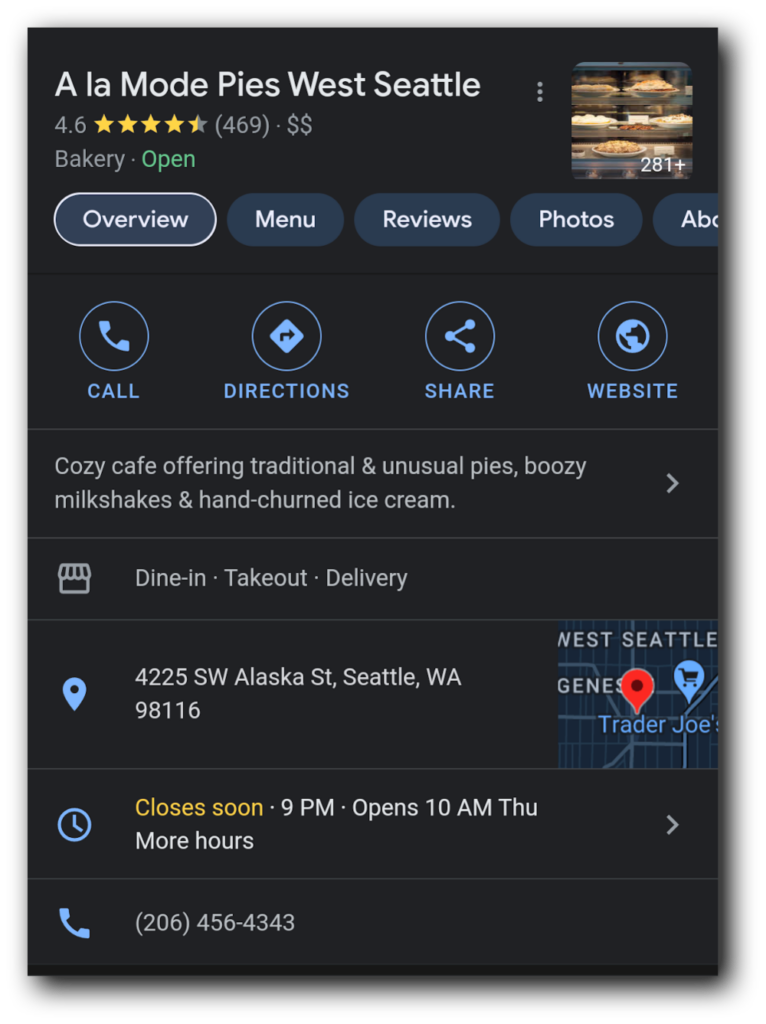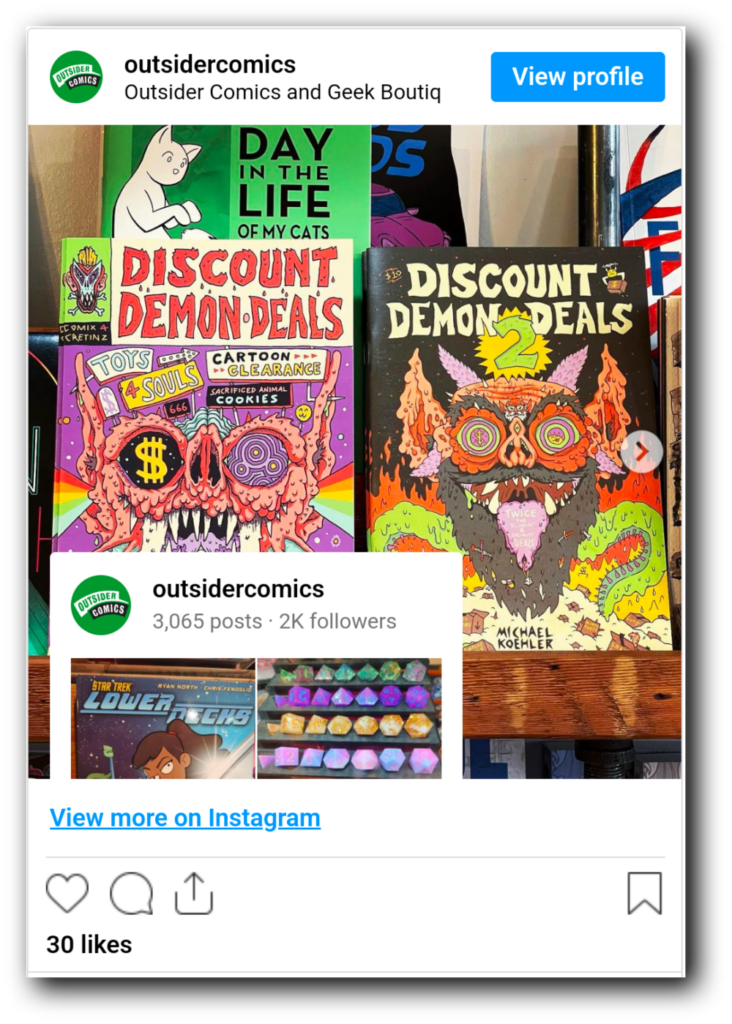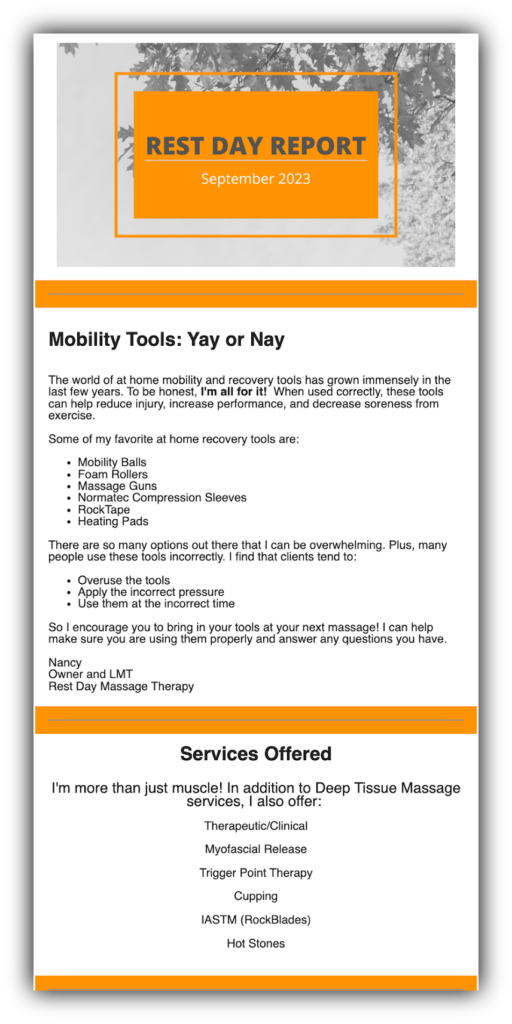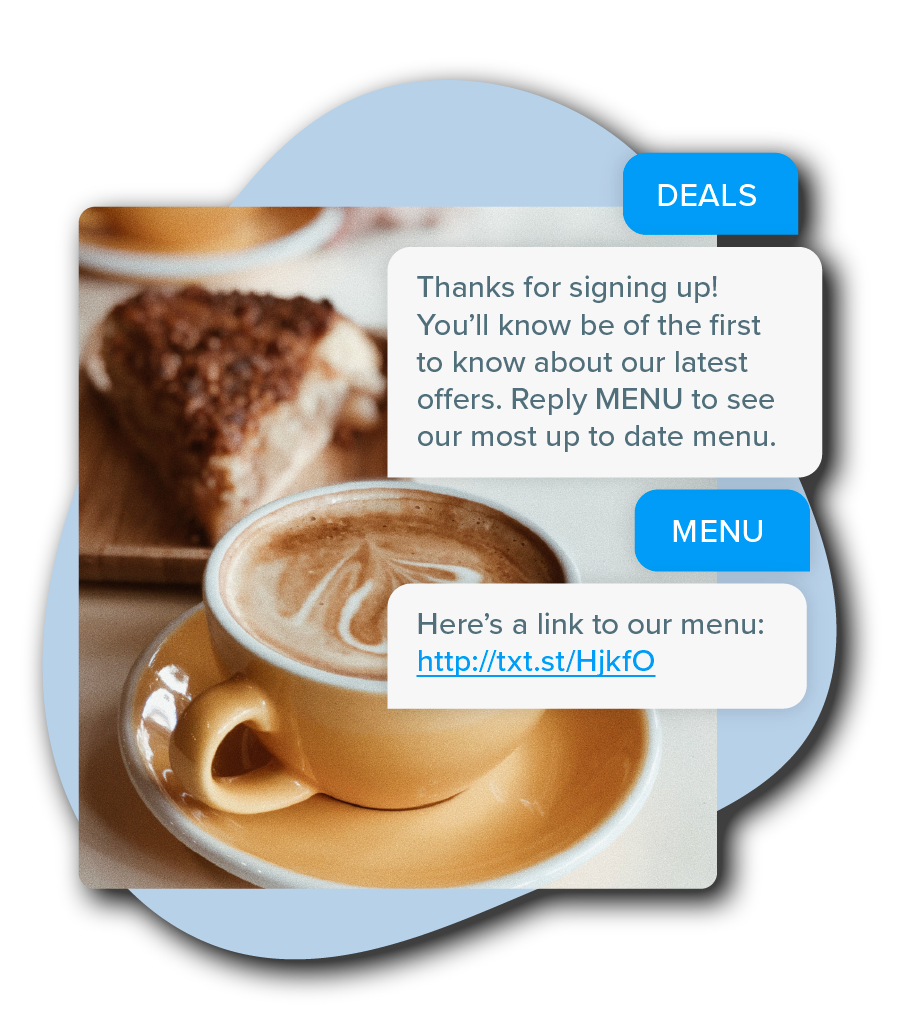Small business online presence: 6 essentials to get noticed
Capture your community's attention with a thoughtful online presence. These 6 reliable tactics are easy to implement for any small business.

Capture your community's attention with a thoughtful online presence. These 6 reliable tactics are easy to implement for any small business.

If your small business lacks an online presence, you could be missing out on a lot of customers.
The numbers show us that 76% of consumers will consider a business’s online presence before they visit a physical location, so making a great digital impression is crucial.
That said, making an online presence can feel like a moving target at best (given how fast the internet and its trends change). So here are six reliable steps from real small businesses that you can take and put to work today.
6 tactics to kickstart your small business online presence strategy:
Without further ado, these actions will give you a great head start on an online presence that will raise awareness for your brand and result in more sales.
I know this sounds obvious, but I’ve also personally seen some small businesses skip this step and regret it later.
In fact, 85% of your customers will check you out online before they decide to buy, so make your website count.
This example comes from The Shop Agora, a Seattle food-and-wine staple.

They not only have a website, they have one that hits a few key points:
While there are a lot of website-building tools out there, services like Wix or Squarespace are a good place to start if you’re a beginner.
When you start your website, consider:
Again, don’t skip this step. Having a Google My Business profile not only makes your business easier to find and notice on Google, it also gives interested scrollers easy ways to see your offerings and contact you.
As many as 87% of consumers used Google to choose a business to patronize in 2022, so put your business’s best face forward with Google My Business. Your profile will pull into all of Google’s tools, like its search engine, Google Maps (so people can find your physical location easily), and more.
This example comes from my local pie shop (I’m addicted, send help).

Note that every field is filled in, and you can reach their site, directions to their location, their contact details, and even their reviews from one central area.
📕 How to ask for a Google review from a client [playbook]
Did you know that 76% of social media users have bought something that caught their eye on social media (including me)?
Social media is not only an excellent opportunity to show your customers who your brand is and what you have to offer, it’s an increasingly large influence on consumer decision-making.
This is a simple yet effective Instagram post from Outsider Comics. It features product offerings, eye-catching graphics, and unique art that viewers won’t soon forget.

As you think about social media, let these questions guide your decisions:
Let your community help you, and help them in turn.
Partner with other organizations in your community in exchange for mentions on their marketing materials.
As a side note: My local roller derby league puts up posts with their sponsors named weekly and ahead of big events, and those sponsors have seen a lot of success from it.

Creating an email newsletter gives you a reason to collect your customers’ email addresses. Your emails can serve as regular reminders that your business exists to help them in some way.
You can collect email subscribers through forms on your website, by sharing a link to that form on social media, and asking customers to sign up for your newsletter when they check out. Simple email service providers like Mailchimp help you start at no cost (and those forms are as simple as copy/pasting the code from Mailchimp into your Squarespace website).
For example, our head of content’s wife, Nancy — you met her earlier when you read about starting your website — has a simple Mailchimp newsletter for her massage therapy practice. As a solopreneur, she sends an email once a month with helpful massage tips (e.g. which way should I roll over when the therapist asks me to move onto my back?).

You know I couldn’t go too long without throwing in a texting tip. This tip will help you collect phone numbers while you’re attracting eyes online.
All you’ll need to do is create a text-to-subscribe keyword (a short word or phrase customers can text to your number to sign up for your texts). Then, just place it online where your customers can see it, like on your social media, website, or ads.
Here’s what that looks like in action.

Lily is a content marketing specialist at SimpleTexting. She specializes in making helpful, entertaining video content and writing blogs that help businesses take advantage of all that texting has to offer. When she’s not writing or making TikToks, you can find Lily at roller derby practice or in a yoga studio in the Seattle area.
More Posts from Lily NortonWant to know exactly how your retail brand is performing? Here are the most important key performance indicators (KPIs) in retail to help your business thrive.
ReadAre political texts illegal? Check out the political texting rules and bulk SMS best practices you need to stay compliant and keep supporters engaged.
ReadStart a text marketing campaign or have a 1-on-1 conversation today. It's risk free. Sign up for a free 14-day trial today to see SimpleTexting in action.
No credit card required